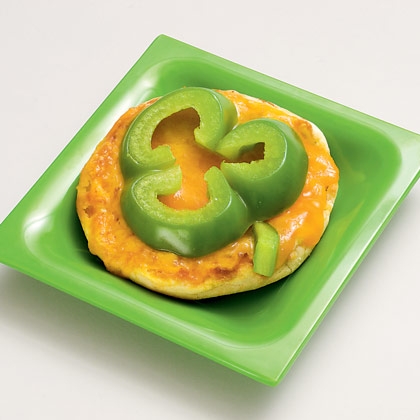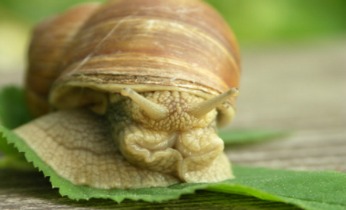The person who was to become St. Patrick, the patron saint of Ireland, was born in Wales about AD 385. He died on March 17 in AD 461. That day has been commemorated as St. Patrick’s Day ever since. St. Patrick is said to have given a sermon from a hilltop that drove all the snakes from Ireland. Of course, no snakes were ever native to Ireland. Though originally a Catholic holy day, St. Patrick’s Day has evolved into more of a secular holiday. It has been celebrated in the US since 1737. One traditional icon of the day is the shamrock. And this stems from a more bona fide Irish tale that tells how Patrick used the three-leafed shamrock to explain the Trinity. He used it in his sermons to represent how the Father, the Son, and the Holy Spirit could all exist as separate elements of the same entity. His followers adopted the custom of wearing a shamrock on his feast day.
St. Patrick’s Blessing
May the road rise to meet you,
May the wind be always at your back,
May the sun shine warm upon your face,
The rains fall soft upon your fields and,
Until we meet again,
May God hold you in the palm of His hand
For fun ideas for celebrating with children see http://spoonful.com/st-patricks-day
Celebrate St. Patrick’s Day with this easy after-school snack.

What you’ll need
- Green pepper
- English muffin
- Cheddar cheese
How to make it
- To make one, slice a green pepper crosswise near the pointed end to get a small, three-lobed shamrock shape. (If your pepper has four lobes, you’ve got a lucky clover instead.) Cut a small slice for a stem.
- Toast half an English muffin, then top it with a slice of Cheddar and the pepper shamrock. Place the muffin on a tray, then broil it in a toaster oven until the cheese is melted.
Enjoy!


